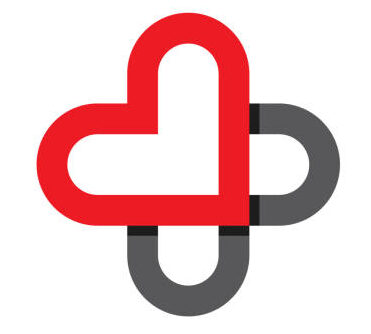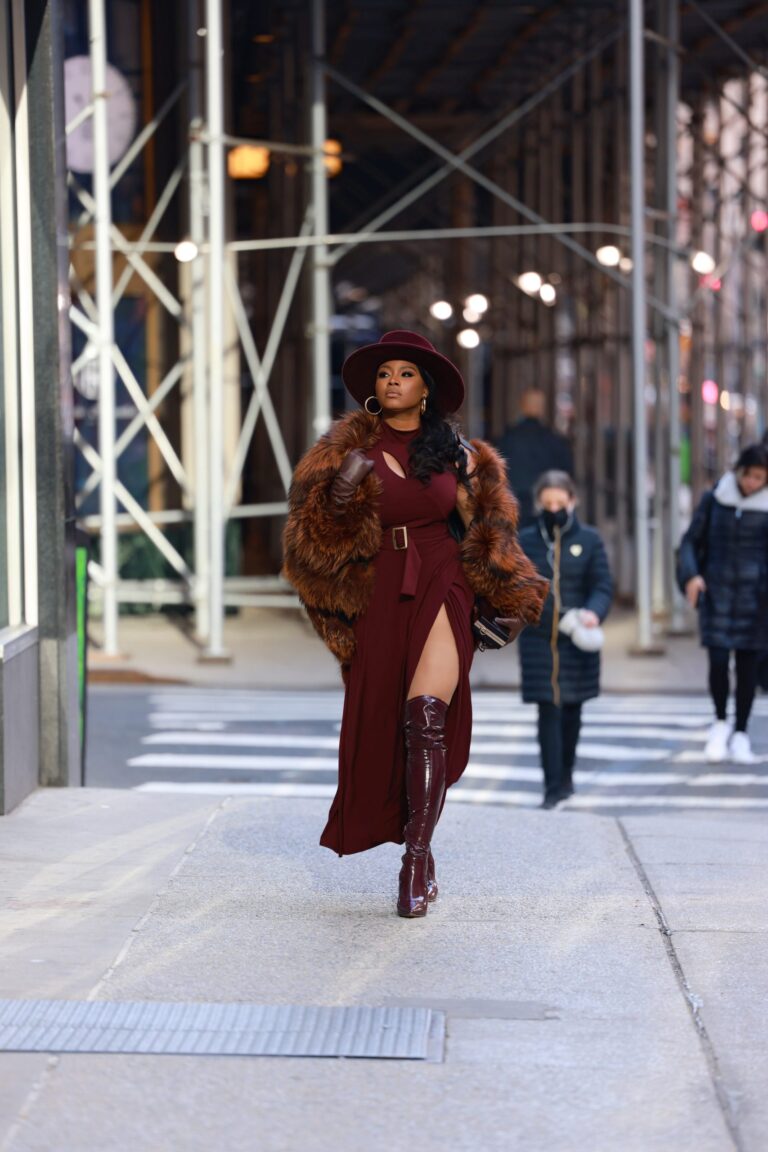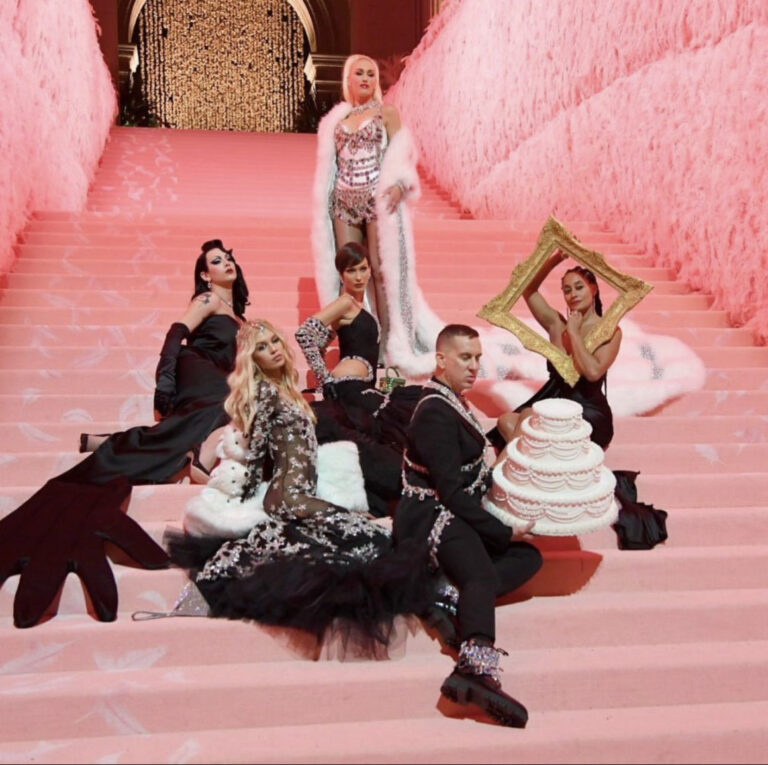Over half a trillion worth of industry is unable to pay well to their workers- Income inequality in the fashion industry! – Unleash Fashion
Do you know what percentage of money for a garment you are wearing right now is shared with a person who actually made it? Let’s say, a shirt you bought costs you a thousand bucks, of which on average as per the Indian tailor salary, only 25 bucks are given to the tailor. Which is only 2.5% of the total cost. This is due to income inequality in the fashion industry. Income inequality is one of the most heated topics in the fashion industry. This bigotry is beyond human rights. It is an exploitation of innocent and compelled people. Thus, this dubious subject needs to be highlighted and In this article, it’s exactly what we will be targeting.
The famous line, rich are getting richer and poor are getting poorer is particularly relevant for the workers in the fashion industry. Especially, in the business of fashion. It is very discriminative in terms of salary distribution, career opportunities, and even fair treatment of basic human rights. Since this article deals with one specific matter, which is Income Inequality, we will talk more about others in the coming articles.
Before we delve into understanding the cause and effect of income inequality, let’s see what income inequality in the fashion industry indicates.
How might the fashion industry perpetuate global inequality?
The distribution of salaries is based on the people with power getting more and overflowing income, leaving the workers with low wages, who are finding it difficult to make ends meet. The salary of people who works in the bottom segment of the industry is getting paid lower than average and are forced to work overtime in some atrocious conditions. These people work hardest and are least recognized by the industry. This income inequality has been running for many decades, and even to date, there is no such signs that has witnessed improvement.
Another major impact is, the internships, 86% of internships are unpaid, in many cases unpaid internships can even end up costing money. Thus, young creators impel to find other works to meet their living expenses. This not only hinders the creative expression of a person but also makes other aspiring creatives skeptical about the environment.
According to an article published by Petrie, “When so many people are struggling to budget for a week, explicit displays of wealth, from cars to food to clothing, can appear gross and insensitive. As per the Wealth Report firm by Knight Frank, over the last decade, 65 percent of ultra-high-net-worth individuals have become more conscious about public displays of wealth”. Nevertheless, do you think is there any way these predictions are effective looking at the current scenario? It is yet to come to fruition in fashion.
What is the actual cause of such economic disparity?
One of the primary causes of this income inequality is the business mindset of most brands. Brands want to make their business profitable and they hire workers who are willing to work for them at low salaries. Since the investment required in the fashion business is relatively more, their main focus is to make profits and earn in order to compensate the expenses. If we truly put it in a way then what a senior designer earns for one season is equivalent to the lifetime earnings of the laborers.
Inequality in fast fashion is not hidden from the world. with growing demand, laborers have to put in extra work with no significant raise in their salary. The conditions in which they work, This social inequality in the fashion industry is no way to be acceptable. Lower wages and poor treatment are quite prominent issues to be concerned about.
There is so much money on top that never reach the actual workers. The money earned by the company is primarily used for its growth rather than recompense to its workers. Why are salaries compromised for the people in low power? Do you think, the industry today is more about business first due tow which creativity is somewhat being subsided?
What is the industry doing for this negative backlash?
The low salary raises numerous questions, one of which is who is held responsible. Even more important is how this inequality is taken down. The rise of fast fashion and more demand from brands have made them focus more on growth and profits and less on its employee. This toxicity is not acceptable. Looking at the concern it raises in recent times, the industry has to shift its work ethics.
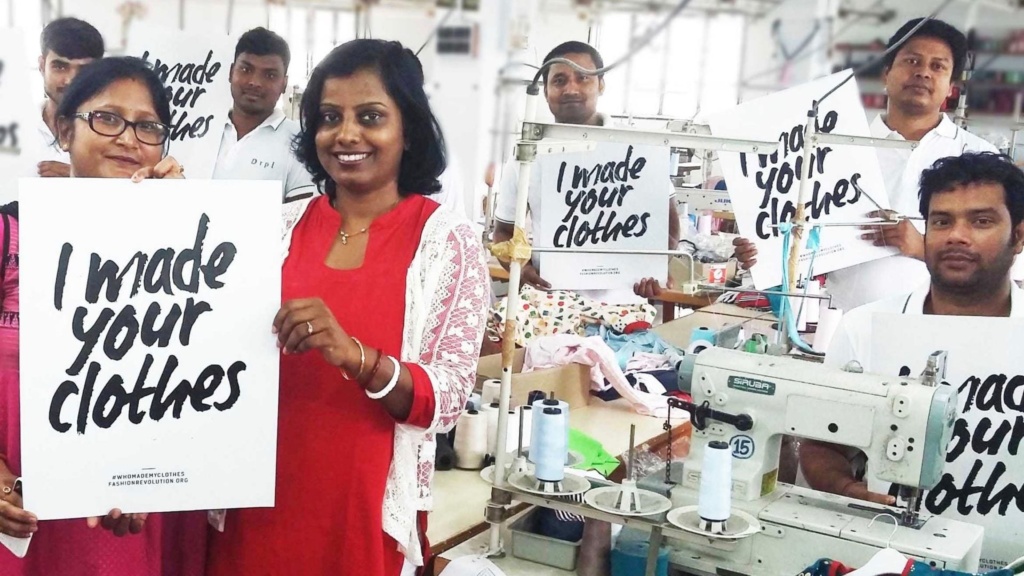
Major casualties like Rana Plaza and its aftermath, which killed over 1132 people and injured more than 2500 cited by International labour organization, gave rise to a famous movement of WHO MADE MY CLOTHES, this fashion revolution cognizant the society for labor rights. Some NGOs and guidelines have been made to prevent labor exploitation. However, the development of it seems to be quite insignificant. Companies are still exploiting workers to gain more profits. This is even more true with the small brands whose primary focus is growth and since they have very little to pay they choose workers with lower salaries who are bound to do more work.
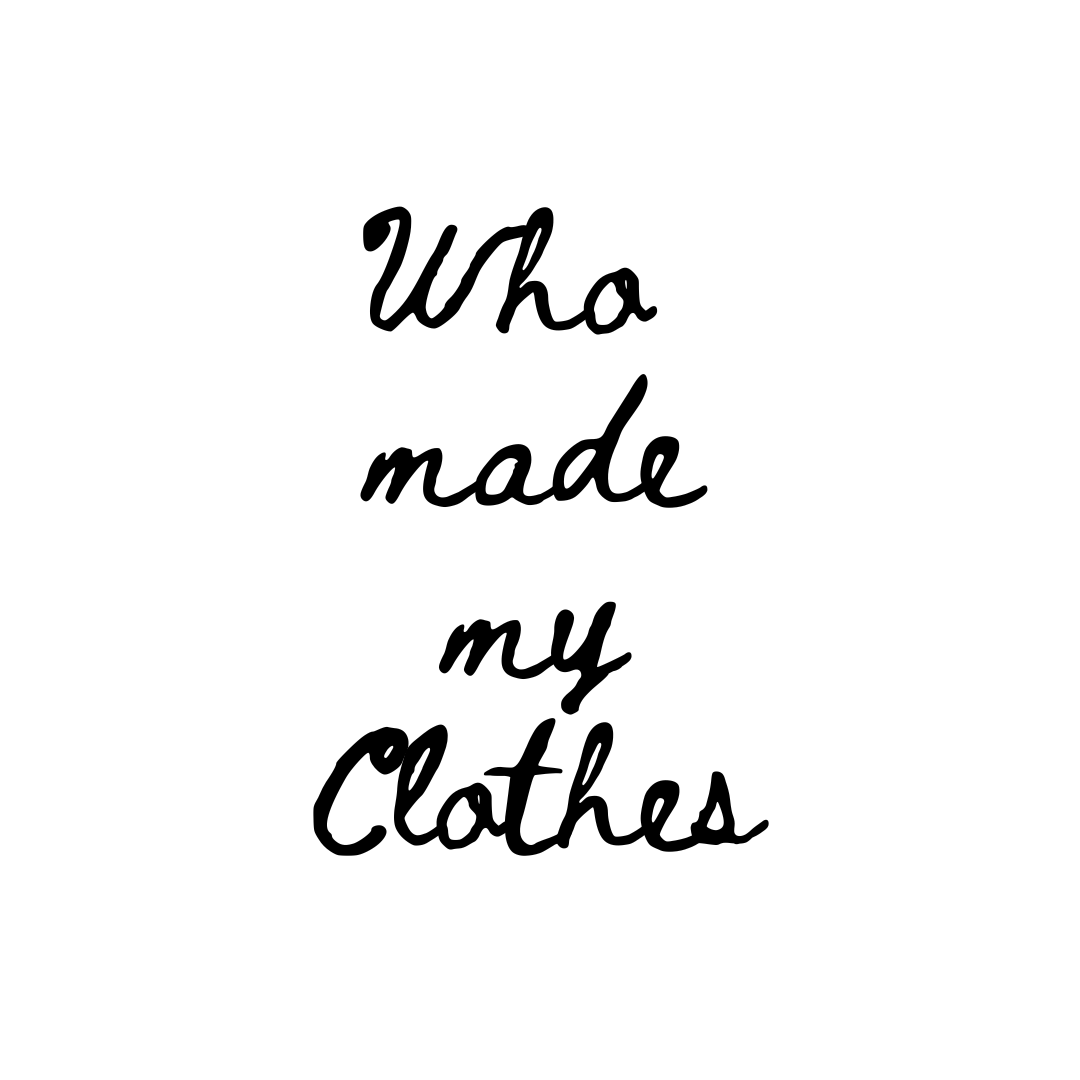
The trend in Sustainable fashion is a scope for making fair practices and somewhat impartiality in organisation. Consumer awareness is one major factor, why brands are trying to be more ethical. Mediums like social media coverage have made the process transparent and provocative.
According to the business research company, “The global apparel market grew from $551.36 billion in 2021 to $606.19 billion in 2022 at a compound annual growth rate (CAGR) of 9.9%”. Fashion Industry is among one of the largest Market holders. If it has total money of over half a trillion, then why is the problem arises? It is thus because of its unequal distribution of money within the enterprises.
A very narrow segment carries more than half of the share from the total capital. Another critical question it raises is, who is to blame and who are withholding the money? Are they company owners, small business, creative directors, or investors who just wants returns? In any case, it is the laborers and the young creators who are facing the struggle.
Conclusion
When so many people are struggling to budget for a week, forthright displays of wealth, from cars to food to clothing, can appear gross and insensitive. If the people who work for the industry are not satisfied then how can we expect fashion to grow in a healthy direction? This issue has been running for decades and its presence is still consequential. Therefore, it is paramount to exhort, What measures can we as visionary conduct for fair pay distribution?
OR
Do you think fashion is still far from a fair income flow?
